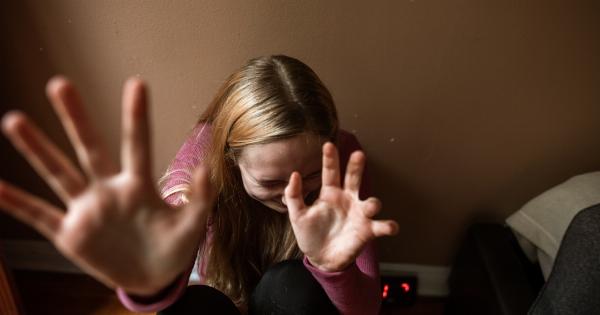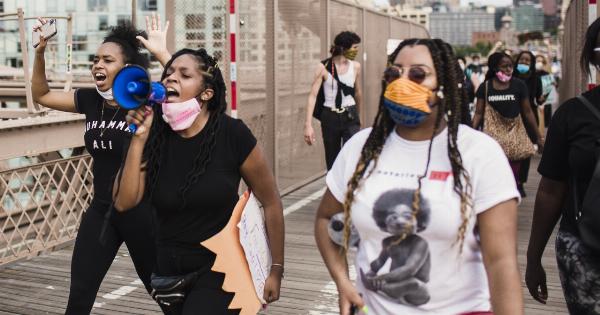Gender-based violence is a pervasive problem worldwide and despite efforts to combat it, many countries continue to grapple with high rates of abuse.
According to the World Health Organization, one in three women worldwide has experienced physical or sexual violence at some point in their lives. In terms of the magnitude of the issue, this translates to about 35% of women globally.
The Goal of Worldwide Day of Action Against Gender Violence
The aim of Worldwide Day of Action Against Gender Violence is to raise awareness of the issue of gender-based violence and to bring people together to demand change.
The day is commemorated annually on November 25 and was first established in 1981 by activists at the Latin American and Caribbean Feminist Encuentros. Since then, the movement has gained momentum, drawing attention to the widespread nature of gender-based violence and advocating for concrete steps to address the problem.
How the Day Is Marked Around the World
The observance of the Worldwide Day of Action Against Gender Violence takes various forms in different parts of the world.
For instance, some organizations hold rallies and marches to call for an end to gender violence, while others organize educational events or engage in social media campaigns aimed at raising awareness of the issue. The day is also an opportunity for survivors of gender-based violence to speak out their experiences and to assert their rights.
The Connection Between Patriarchy and Gender-Based Violence
Gender-based violence is deeply rooted in patriarchy, a system of social organization where men hold disproportionate power and influence in society, including in political and economic realms.
Patriarchal societies often condone or excuse abuse of women and girls, including domestic violence, sexual assault, and rape. Patriarchy also skews perceptions of gender, foregrounding masculine norms and policing women’s behavior, emotions, and choices.
Types of Gender-Based Violence
Gender-based violence takes many forms, including physical, psychological, emotional, and economic abuse. It also includes cultural violence, where attitudes and practices perpetuate gender-based oppression and discrimination.
Examples of gender-based violence include sexual harassment, domestic violence, forced marriage, female genital mutilation, honor killings, trafficking in women and girls, and sexual assault.
The Importance of Addressing Gender-Based Violence
Gender-based violence has far-reaching consequences for individuals, families, and societies. It causes physical and emotional harm to victims and survivors, and also affects their economic and social wellbeing.
Women who experience gender-based violence are more likely to suffer from depression, anxiety, and other mental health conditions. Children who grow up in households where gender-based violence is present are also more likely to experience behavioral problems and to be exposed to abuse themselves.
Societies with high rates of gender-based violence also tend to have limited gender equality and democratic participation.
Strategies for Addressing Gender-Based Violence
To address gender-based violence, a multi-faceted approach is required, incorporating both prevention and response strategies.
Prevention strategies include providing education to both men and women about the negative effects of gender-based violence and conducting public awareness campaigns to change societal attitudes. Other strategies focus on building social support systems that can provide victims with the resources they need to escape abusive situations and recover from trauma.
The Role of Men in Combating Gender-Based Violence
As gender-based violence is primarily perpetrated by men, it is crucial that men are involved in working to combat it. This involves redefining what it means to be “a real man” in society and challenging patriarchal attitudes and practices.
Men can also play a role in holding other men accountable for their violent behavior and speaking out against gender-based violence in their communities.
The Need for Political Will and Advocacy to Combat Gender-Based Violence
To effectively address gender-based violence, political will is needed at all levels to advocate for new legislation, policies, and programs that can help reduce the prevalence of abuse.
Advocacy is also key to pressuring governments and institutions to address gender-based violence as a human rights issue and to provide adequate resources for prevention and response measures. International conventions and agreements such as the Convention on the Elimination of All Forms of Discrimination Against Women (CEDAW) provide a framework for governments to address gender-based violence.
Conclusion
The observance of Worldwide Day of Action Against Gender Violence serves as a reminder of the need to address gender-based violence and to work towards creating a society free from violence and discrimination.
While progress has been made in some regions, gender-based violence continues to be a major concern throughout the world, affecting countless individuals and communities. It is only through collective action and political will that we can hope to achieve meaningful change and create a more just and equitable society.






























